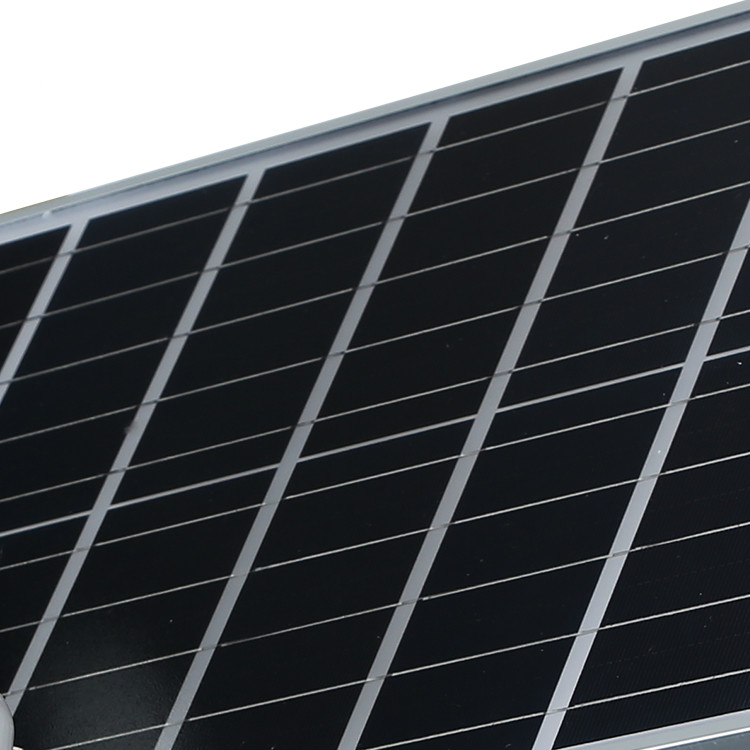
Imagine a traffic signal that can think independently.
The signal collects data from the roadside camera, eventually collecting the wireless transmitter in the connected "call" car, guiding it to adjust the red duration, according to the number of vehicles lined up, yellow and green lights.
The intersection is connected to a block via a GPS chip, giving priority to places with too many queues and making the signal more responsive to the real
At the same time reduce the time conditions of traffic control costs. This award-
Award winning technology by Samah El, an engineering graduate from the University of Toronto-
Tantawy tested under the supervision of Baher Abdulhai, director of the university's Toronto center for intelligent transportation systems.
Read more: the cost of carpooling in traffic jams is preferred by more toll roads?
Abdulhai said the system can increase the "throughput efficiency" of an intersection by up to 60 in order to recover the installation cost in a few months.
He called the technology "brand new" and innovative, and said he was working with the entire GTA city, including downtown Toronto, to take advantage of off-the-
Put the equipment on hold. (
Toronto traffic officials questioned the throughput statement and said that some similar signal systems were being purchased around and could be considered in the form of competitive tenders. )
Due to congestion resulting in an average GTA commuting time of 81 hours and a waste of fuel and productivity loss of more than $900 per year, the city has made five-
Including an annual plan to switch to wireless traffic management technology.
On April, a report of city staff recommendedand long-
Including more long-term projects for traffic cameras and variable information signs, as well as the replacement of traffic management software and hardware, as well as the update and expansion of urban communication networks.
The city says it's accepting it.
As economic growth is threatened by Ford Motor, the development of intelligent traffic management systems is becoming more and more urgent.
President Bill Ford said the threat of a "global deadlock" was imminent.
"Smart traffic lights are under review as part of a broader traffic jam scheme --
Relax the idea of using technology to better sync signals, manage parking and modernize information.
New sensing hardware on the road has also been deployed on mobile devices and smart cars to link with software applications such as Google Maps.
These attract people.
Procurement generation-to-the-
Second Notice of road condition and traffic jam.
"Like a personal head --
Stand out from your millions of friends on the road, "said Noam Bardin, CEO of Israel mobile map startup Waze, who bought the company for $1 billion (U. S. )in June.
Car manufacturers are launching crash-
Avoid the system, allowing the car to communicate with each other using GPS and WiFi signals over 900 feet of the distance.
When the risk is detected by the system, it warns the driver.
These measures are a response to the surge in urban traffic that is accompanied by the Brooklyn trend --
New York autonomous city
Professionals and empty nesters have returned to the city to seek economic opportunities and cultural prosperity.
Meanwhile, in the developing world, mega-cities have become a magnet for poor rural residents to seek a better life.
Immigration is expected to double the world's urban population to six.
Between 4 billion and 2015, the number of vehicles on the road increased from 4 billion today to 1 billion.
Earlier this year, Ford delivered a keynote speech at the World Mobile Communications Conference in Barcelona, saying that unless planners, engineers, rival automakers, otherwise, the revival of the world's cities will be due to traffic jams and the government will cooperate with mobile operators.
Create a system that connects pedestrians, bicycles, cars and commercial and public transport.
"Now is the time for all of us to look at vehicles on the road like smartphones, laptops and tablets: as part of a larger, richer network, Ford said.
Closer to home, planners in the York area say they are looking for a system that may involve road thermal sensors to monitor traffic, while further away
More novel approaches are being considered in Flung jurisdictions.
An idea for China to deal with traffic jams and air pollution, for example, is a typical bus/train combination that will run across the road so that the car can travel below.
Australian electrical engineers have come up with the idea of embedding strong and translucent solar panels with message boards on the road;
From animals to oncoming traffic, these can be detected.
Eventually, using magnetic induction technology, these panels are able to wirelessly transmit power to electric vehicles, enabling them to be further away than possible today.
In Hong Kong, a system that uses smart cards for online and offline e-commerce
Since 1997, fees have been charged for public transport infrastructure in the territory to improve transit efficiency and speed.
In Thailand, a police officer invented a system to speed up traffic, equipped with smartphones for traffic officials, allowing them to change traffic lights without leaving their posts.
There is a concept of the future, including automatic cars, that can be programmed to travel close to each other in order to allow more traffic on fewer roads.
In the New York area, a smartphone app has been launched to provide real-time
Time traffic information sent by drivers and pedestrians, who in turn use mobile phone transmission to map traffic patterns in the area.
This is much cheaper than traditional methods, which rely on road traffic monitoring hardware and students to count cars at fixed locations.
